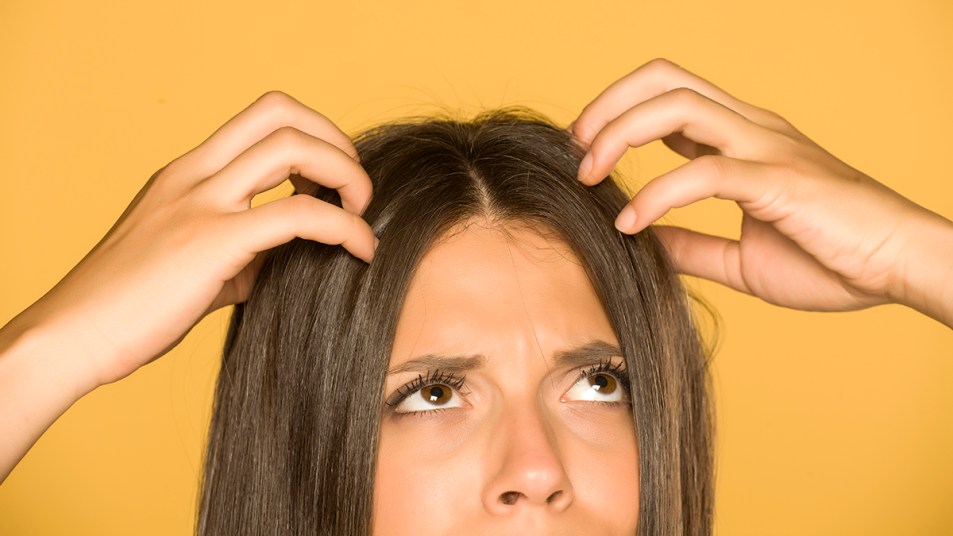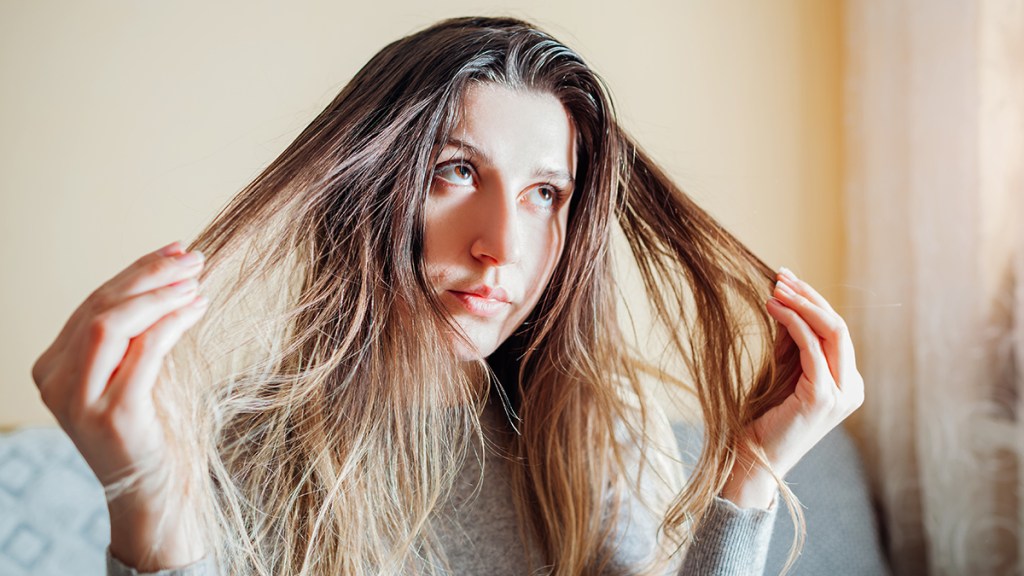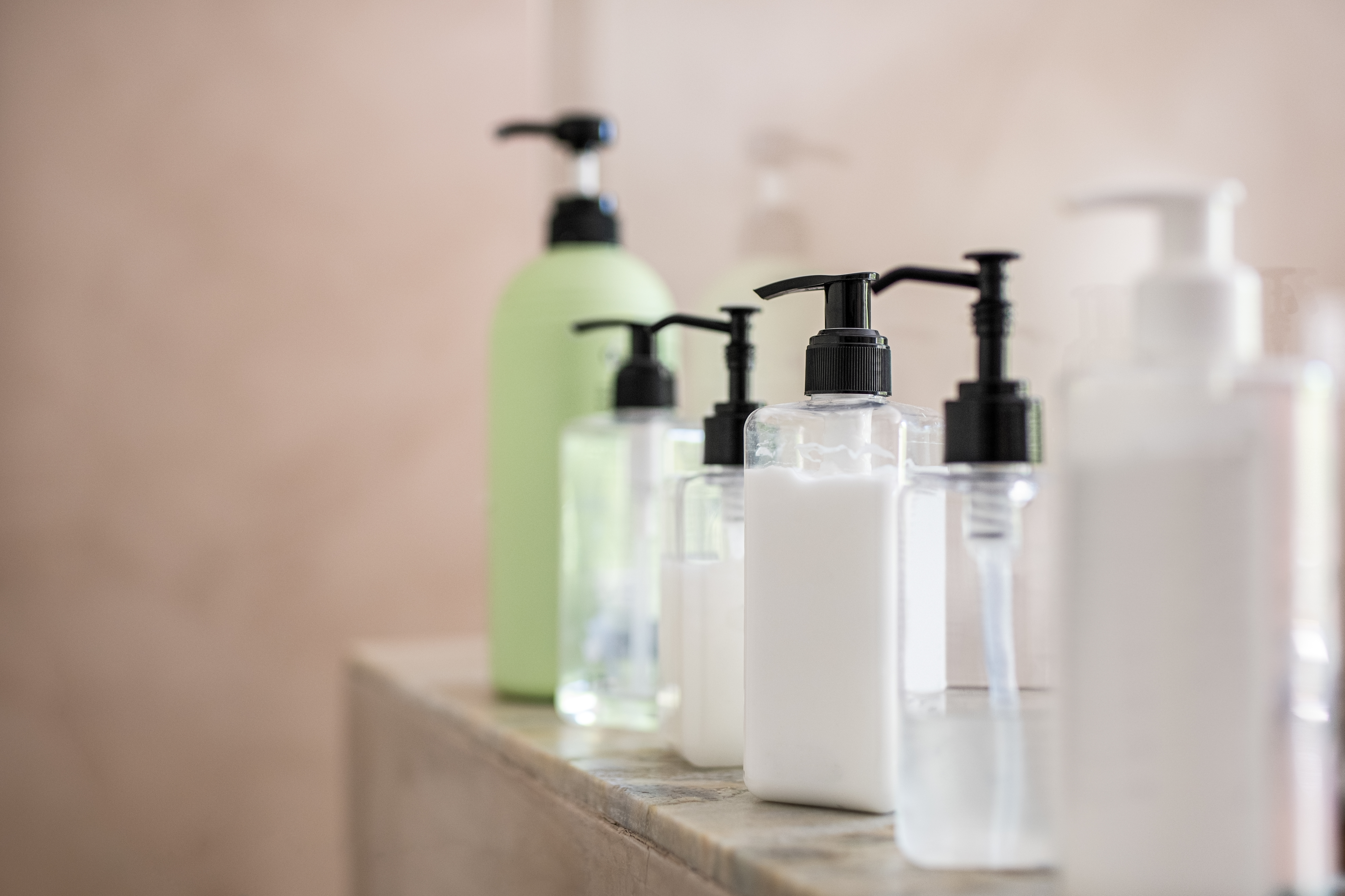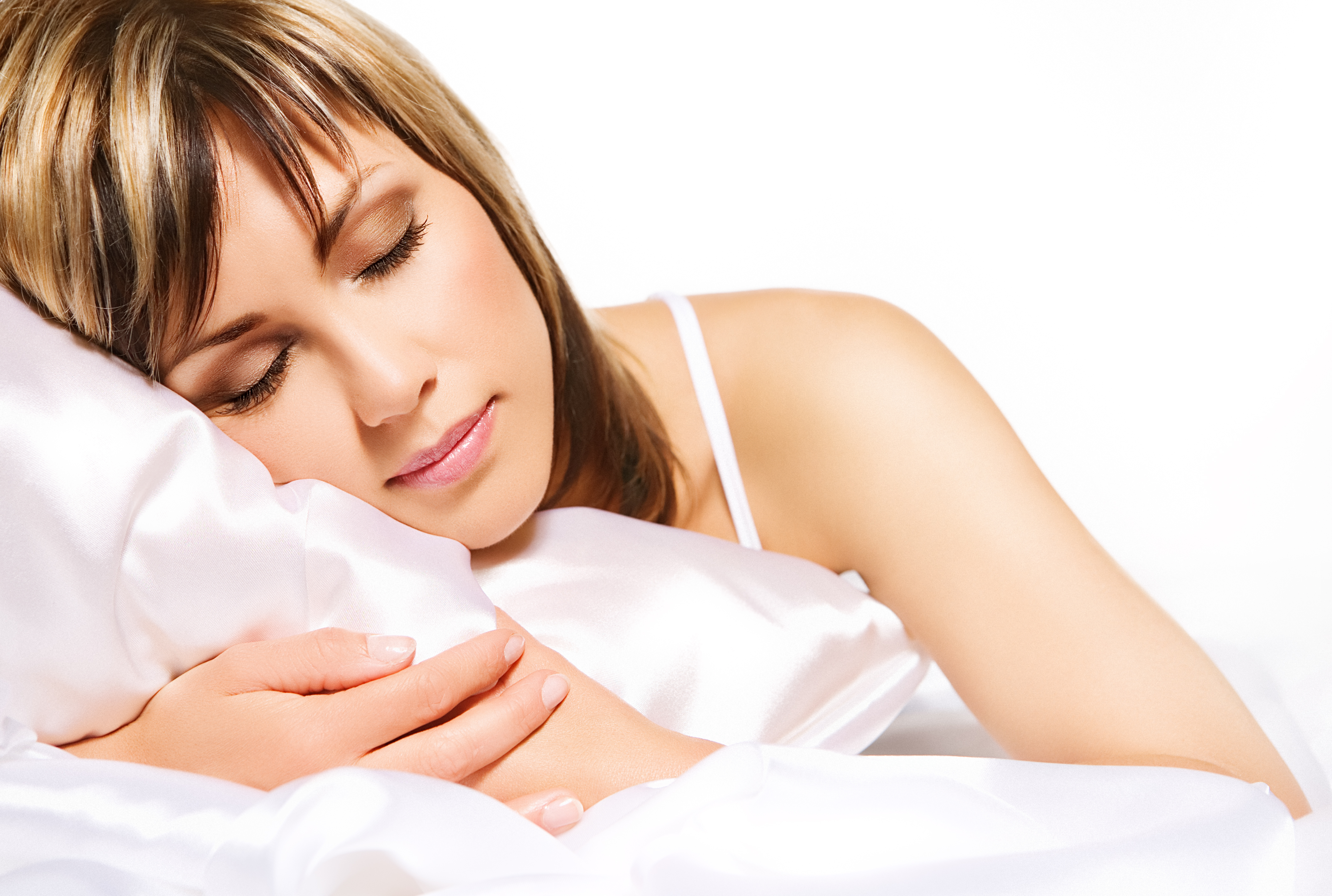Why Does My Hair Get Greasy So Fast? A Dermatologist Explains The Vicious Cycle That Causes It — and How to Break Free
How over-washing and the wrong shampoo technique can put your scalp in oil-production overdrive

If you’ve been wondering why your hair gets greasy so fast even when you do everything right, we are right there with you. For those of us dealing with perpetually slick strands, it’s nice to know that we’re not alone. According to Paradi Mirmirani, MD, a dermatologist based in San Francisco, California who specializes in hair care and is partnered with health care provider Kaiser Permanente, it’s a very common issue, particularly for those with finer, straighter hair.
But what might actually surprise you is that it’s not actually your hair that’s greasy, it’s your scalp. An overproduction of oil on the scalp causes hair to look and feel oily. And all of this excess oil ends up weighing down strands, making them look thin and flat.
Thankfully, there are certain habits, practices and products that can alleviate this kind of slick situation so hair will look healthy and bouncy fast. Read on for the expert-backed remedies.
Why hair gets greasy so fast

“Every hair follicle has a sebaceous glad that produces sebum, or oil. That oil coats the hair fiber and has a lubricating and protective effect,” explains Dr. Mirmirani. In other words, you do want your scalp to be making oil as it makes hair look healthy and shiny.
The issue happens when those glands pump out too much of sebum. This can happen simply as a result of your genetics — some people are just naturally born with an oilier scalp — or because of hormonal fluctuations, she says.
And your hair type plays a role, too. According to Dr. Mirmirani, those with thicker, textured tresses or curls are less prone to greasiness since it’s harder for the oil to make its way down a hair shaft that’s curled or coiled than a hair shaft that’s straight.
The habits that make hair become greasy fast
While you can’t change your genetics or the hair you were born with, there are certain things that contribute to greasy hair that you can control.
Over-washing hair

While it may seem counterintuitive, shampooing too often can result in your scalp producing more sebum. Overly-vigorous cleansing can strip too much oil from the scalp, explains says Dr. Mirmirani, triggering a rebound effect where more oil is produced to make up for what was removed.
Unfortunately, all of the experts we spoke to agree that there’s no universal guideline for how often is too often. Rather, it’s a matter of finding the happy medium that works for your specific scalp and hair (more on this below).
Using hair products incorrectly
“Many people aren’t washing their hair the right way,” says Lauren Paglionico, hairstylist and founder of LRN Beauty. Shampoo is really meant for the scalp, so focus on applying it at the roots where it can do its intended cleansing duties; whatever runs through the ends as you rinse is sufficient for the hair itself, she notes.
On the flip side, keep conditioner far away from the scalp. The heavy, moisturizing ingredients can build-up at the roots, making your hair look both greasy and flat, Paglionico cautions. So it’s best to reserve conditioner for mid-lengths through ends only. Tip: If you want to use conditioner on your scalp, apply conditioner first to damp hair, then use shampoo afterward. This technique is called reverse hair washing and the shampoo will remove conditioner’s heavy residue to prevent roots from becoming greasy.
Similarly, frequent use of styling products— and not properly washing them out in-between styling sessions— can also contribute to a greasy appearance. This doesn’t *actually* change the amount of oil your scalp is producing, but it can make both the hair and scalp look greasier, Dr. Mirmirani notes.
Touching your hair
As tempting as playing with your hair may be, it’s best to adopt a hands-off approach. “The oil from your fingers can easily transfer onto your scalp and hair, so the less you touch it, the better,” says Paglionico.
The 4 best ways to sidestep greasy hair
Here, a few clever tricks that will keep strands looking gorgeous, not greasy.
1. Consider stretching out the time in between washes
As stated above, there’s no “one-size-fits-all” solution for how often you should wash. But if you’re sudsing up daily, it’s not a bad idea to try and do so every other day and see if you notice a change, advises Paglionico. If it is in fact over-washing that’s contributing to more oil production, changing up how often you shampoo can help prevent that aforementioned rebound effect. Just be patient, says Paglionico, as it can take about a month for your scalp to adjust and for you to notice a real difference.
2. Choose your shampoo strategically

When you do shampoo, Dr. Mirmirani recommends looking for a shampoo specifically made for oily hair. “These typically contain detergents specifically designed to better cleanse oil on the scalp,” she explains. One to try: Garnier Fructis Pure Clean Hair Reset Rebalancing Shampoo (Buy from Walmart, $5.97).
And depending on how frequently you’re washing, you can also incorporate a clarifying shampoo into your routine weekly or twice per month, says Paglionico. She suggests looking for one with salicylic acid, an oil-dissolving ingredient that’s especially effective for removing excess oil and grease from the scalp. She likes K18 Peptide Prep Clarifying Detox Shampoo (Buy from Sephora, $38), or try Neutrogena T/Sal Therapeutic Shampoo (Buy on Amazon, $7.32). Bonus: A clarifying formula is also great for getting rid of excess buildup from any styling products. (Click through for the best shampoos for thinning hair.)
3. Keep a good dry shampoo on-hand
A dry shampoo is your BFF when it comes to instantly combatting greasy hair. Try Paglionico’s trick and spritz some into your hair, focusing at the roots, before you go to sleep so that it can absorb oil and sweat as it crops up overnight. And if your hair still looks a little greasy come morning, use it once more. She recommends IGK First Class Charcoal Detox Dry Shampoo (Buy on Amazon, $24.95). The charcoal in the formula works like a magnet, pulling out and absorbing excess dirt and oil, she says. It’s also the star of the show in Hask Charcoal Purifying Dry Shampoo (Buy from Ulta, $6.99).
4. Swap out your pillowcase

“Cotton pillowcases absorb oil from your hair. The fibers trap it, and it can then get transferred back onto your freshly washed hair,” Paglionico explains. A better option? A silk or satin pillowcase, since those fibers won’t absorb or transfer any oil, she notes. Not to mention silk and satin are also smoother, creating less friction as your hair rubs against them, minimizing frizz and tangles in the process. One to try: Kitsch Satin Pillowcase (Buy on Amazon, $15.19).
For more on hair care and hair health, click through these stories:
The #1 Easiest Way To Reverse Thinning Hair: Clean Your Hairbrush Regularly
Anna Traver is an assistant fashion and beauty editor at Woman’s World and First for Women. She earned her bachelors degree in journalism and public relations from Michigan State University in 2023. Her past experience includes bylines in Elite Daily, Romper, The Zoe Report and USA Today. She also was the previous Editor-in-Chief of VIM Magazine, the award-winning student-run fashion, beauty and lifestyle magazine.












